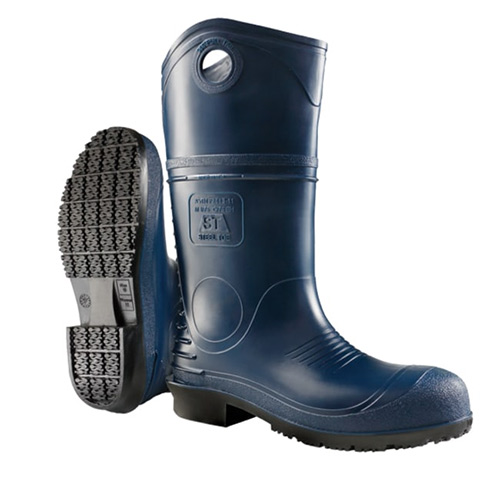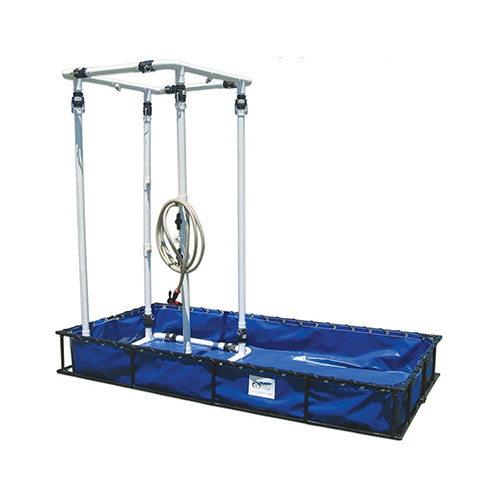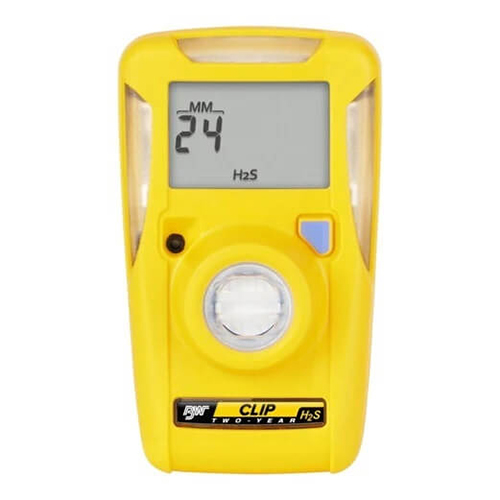Specifications:
- Materials:
- Rubber: Durable and flexible, offering excellent resistance to a wide range of chemicals.
- PVC (Polyvinyl Chloride): Provides strong chemical resistance and is easy to clean.
- Neoprene: Offers resistance to many chemicals and oils, with added flexibility.
- Leather: Often treated to resist specific chemicals and provide durability and comfort.
- Features:
- Chemical Resistance: Effective against acids, bases, solvents, oils, and other hazardous substances.
- Durability: Designed to withstand harsh conditions, including abrasion, punctures, and chemical exposure.
- Comfort: Includes cushioned insoles and ergonomic designs for extended wear and reduced fatigue.
- Slip-Resistant Soles: Provides traction on wet or slippery surfaces to prevent falls and injuries.
- Easy Maintenance: Easy to clean and disinfect, ensuring continued effectiveness and hygiene.
- Design:
- Height: Available in various heights, from ankle-length to knee-high, depending on the level of protection required.
- Closure: Includes different closure options such as pull-on, zip-up, or lace-up for a secure fit.
- Lining: Often lined with moisture-wicking or insulating materials to enhance comfort and protection.
- Compliance:
- Standards: Meets industry safety standards such as ASTM F2413 for protective footwear and relevant chemical resistance guidelines.
Applications: Suitable for use in chemical processing plants, laboratories, industrial environments, and any area where exposure to hazardous chemicals occurs. Chemical resistant boots are vital for protecting workers’ feet from chemical spills, splashes, and other hazardous conditions, ensuring safety and compliance in demanding work environments.








